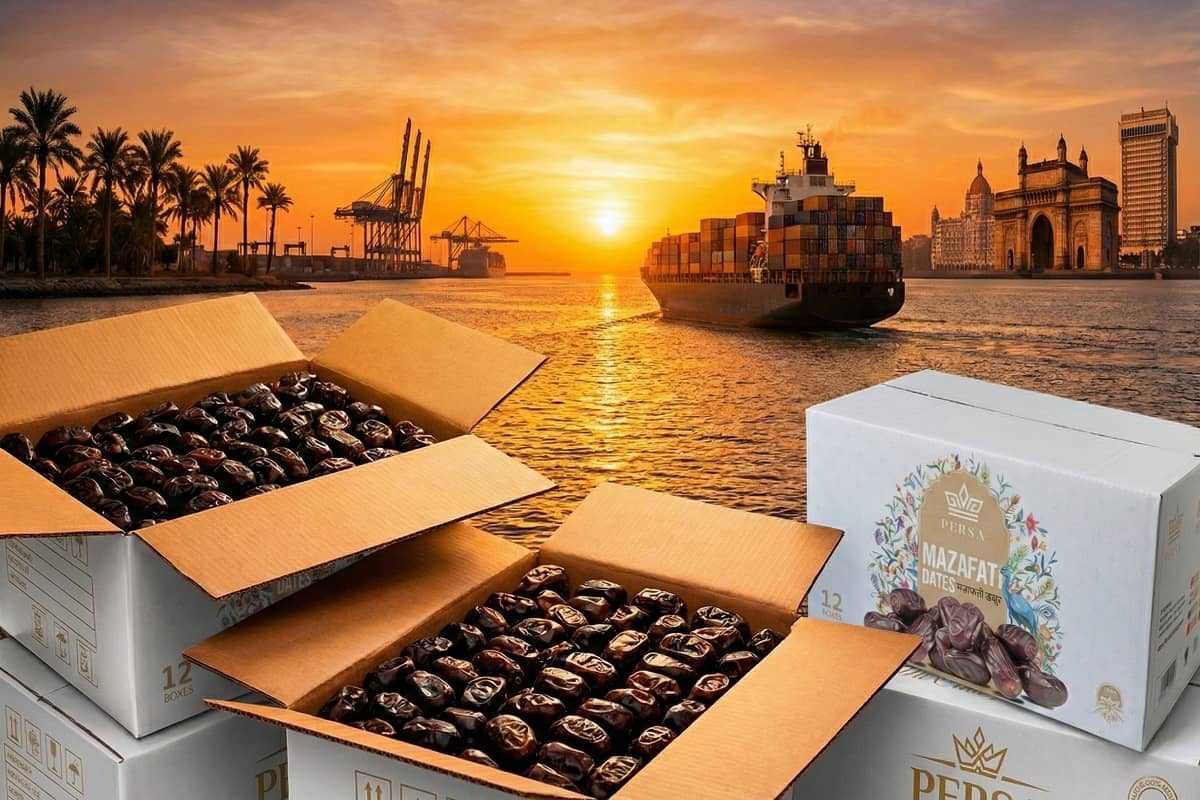Legend has it that saffron found its way into Italy through the hands of a monk, although some believe it may have been already bloomed in southern Italy, particularly in Sicily. In a land where culinary art reigns supreme, this vibrant and flavorful spice quickly became a star in a variety of desserts and dishes.
Numerous villages and towns in Sicily and southern regions boast names echoing the unique elegance of the saffron flower. Historical documents confirm its presence in central Italy as well. Amid conflicting tales, one intriguing theory points to a 16th-century Abruzzi monk bringing saffron from Spain. Meanwhile, in Sicily, Sardinia, and parts of central Italy, merchants championed its trade, leading to a rapid expansion of saffron cultivation.
One Substance, Countless Uses
Throughout history, saffron has played different roles. Initially it was used to dye silks for the upper classes or to enhance fresco colors during the Renaissance in Italy, it later found its way into various applications. Traditional Sicilian botany even claimed saffron to possess sedative and exciting properties, akin to opium and wine.
It was recommended for teething pains, as a mild analgesic, and even as an appetite stimulant. Additionally, saffron became a remedy for spasms and a sought-after ingredient in cosmetics, used to create powders, creams, and oils for the skin. Even today, saffron remains a key player in the cosmetic industry for crafting natural products.
From being a part of Italy’s domestic economy, saffron transformed into a delightful ingredient for food and drink, lending its golden hue and exceptional aroma to pastries, cheeses, pasta, and rice. One of Italy’s most renowned recipes, “Risotto with Saffron,” has a fascinating origin.
The Tale of a Historical Recipe
In the late 1300s, as work on the Duomo in Milan progressed, a Belgian master glassmaker brought his skilled disciple, nicknamed “Zafferano” for his habit of adding saffron to colors for vibrancy. After years of teasing, Zafferano decided to play a joke during the Master’s daughter’s wedding by coloring the risotto with saffron. To everyone’s surprise, the exotic yellow rice became an instant hit, unintentionally giving birth to one of Italy’s extraordinary food recipes.
Italian Recipes Infused with Saffron
Italian cuisine is celebrated globally, and chefs work wonders with pure ingredients. Combine this culinary expertise with the unique properties of saffron (especially Negin Saffron , and you get some exceptional recipes.
Saffron Cannarozzetti
A simple yet tasty Abruzzo recipe that brings tradition to the table.
Ingredients:
- 500g cannarozzetti
- 300g sheep’s milk ricotta cheese
- 100g bacon
- Salt and pepper to taste
- 1/2 teaspoon saffron
Procedure:
- Cut bacon into cubes and fry in a pan with olive oil until browned.
- Cook pasta in salted boiling water.
- Mix ricotta with saffron dissolved in pasta water and pepper.
- Drain pasta and add to the pan with bacon.
- Add ricotta cream, mix, and heat briefly.
Seafood Crepes with Saffron Sauce
An original first course featuring the classic combination of saffron and seafood.
Ingredients:
- 1/2 liter milk
- 200g flour
- 6 eggs
- 150g butter
- 200g prawns
- 4 squids
- 1 kg mussels
- Garlic, parsley, chili pepper, chives
- 1 glass of wine
- Saffron
- Olive oil
- Salt
Procedure:
- Prepare crepes in a pan.
- Cook clams and mussels with garlic, chili, and parsley in a pan.
- Deglaze with white wine, cover, and cook for 5 minutes.
- Shell mussels and clams, then brown diced squid and peeled shrimp with wine.
- Blend mussel and prawn heads’ cooking water, and combine with seafood.
- Make saffron sauce with flour, shrimp sauce, and saffron.
- Fill crepes, close with chives, pour saffron sauce, and bake at 200 degrees for 10 minutes.
- Garnish with chopped chives and saffron pistils.
Discover the rich history and delightful flavors of saffron in Italy, where each dish tells a story of tradition and innovation.




